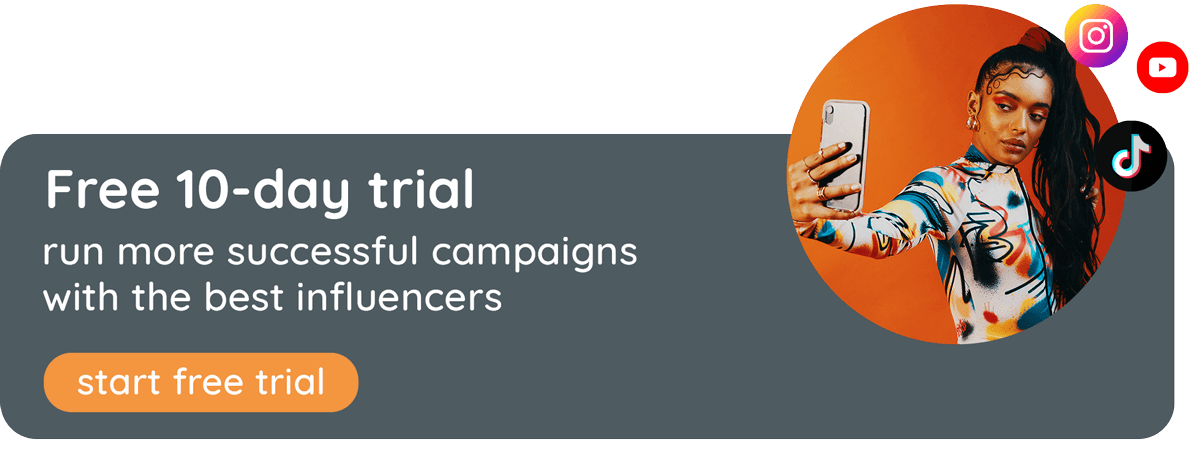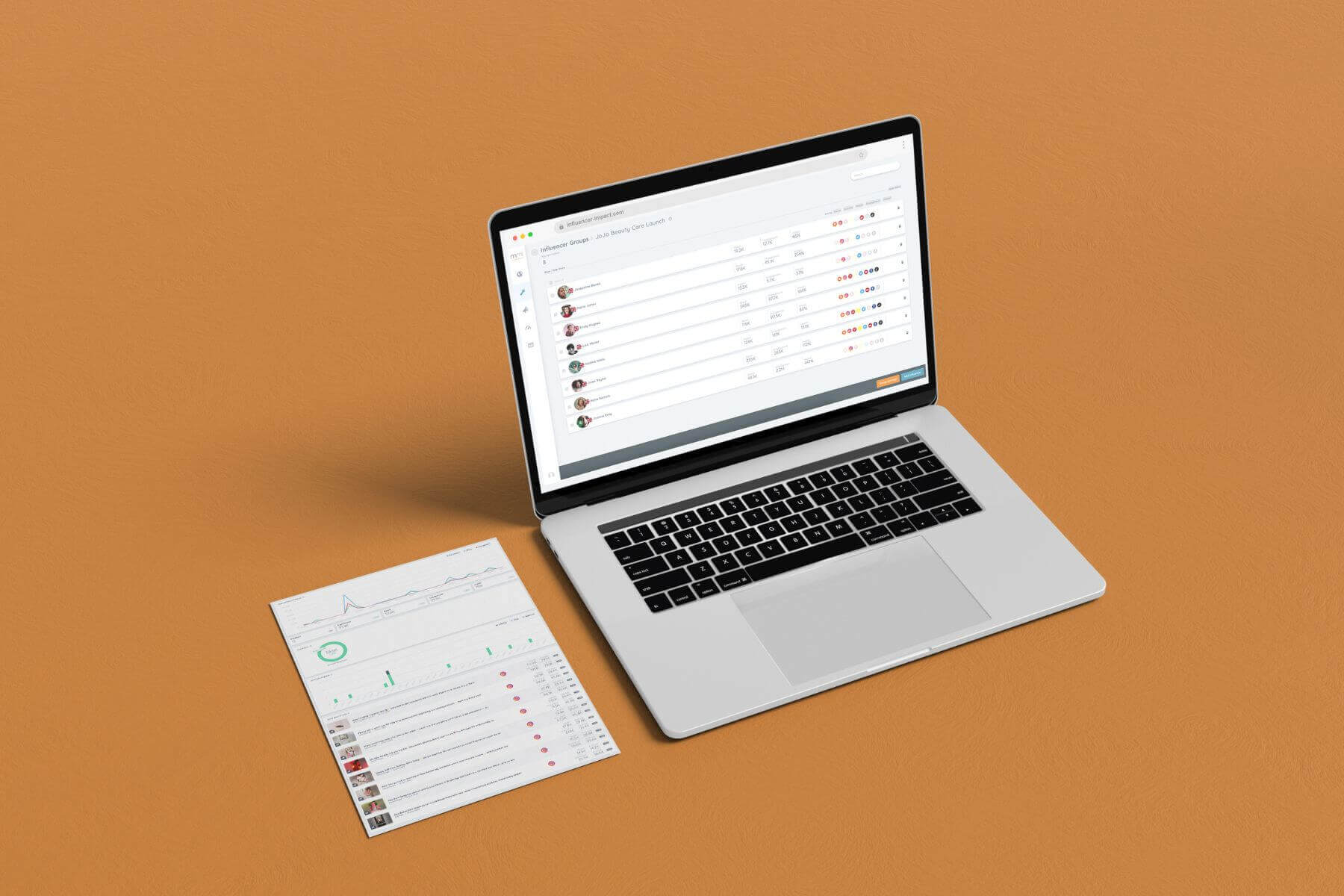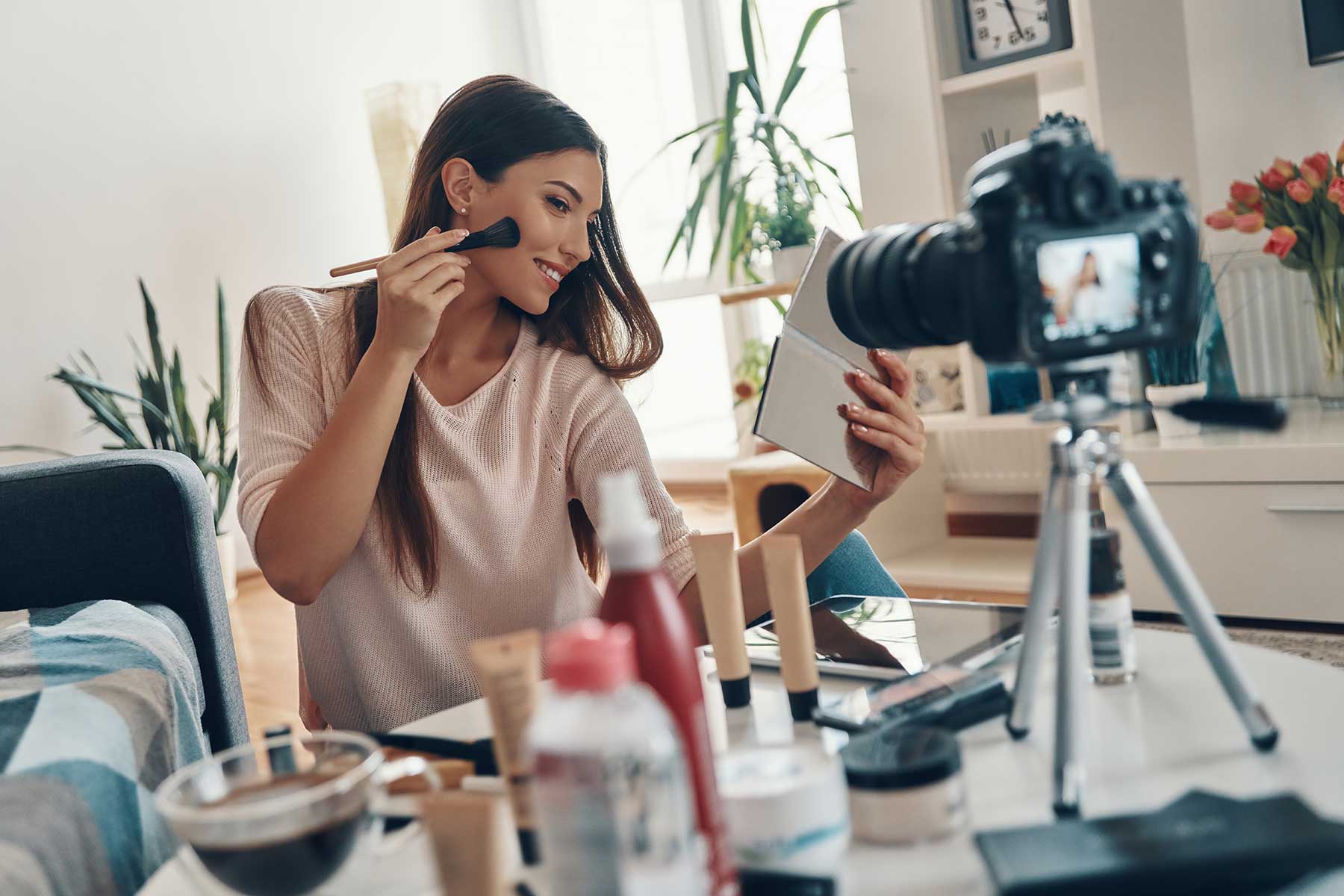Successful influencer marketing is more than what meets the eye. Behind the gigantic numbers which signify a post’s reach through likes and comments are algorithms, strategies and some luck that help break through the hyper-competitive, digital playground.
Fake engagements and fraud activities from influencer pod are on a rise to help boost the reach of influencer posts, outperforming that of legit influencers. As these short-cuts are becoming quite rampant on social media, it gives all the more reason for brands and businesses to evaluate risks and value from influencer partnerships.
What are Influencer Pods?
An influencer pod is a group of influencers who DM their posts to everyone in the group to like, view, comment or all of it, so that the post automatically shows up at the top of followers’ feed. An influencer pod functions on a quid pro quo basis — like-for-like or comment-for-comment. The goal behind using the influencer pod is to make the content look like it has a highly-engaged audience.
Influencer pods started to grow in 2017 when Instagram revised their algorithms and the content reach was limited to a percentage of the influencers’ followers. Only the posts that would instantly scale-up with likes, comments and engagement would get displayed in followers’ feed.
Influencer pods are similar to insider bookies who know the outcome of a wager. Some influencer pods may involve influencers that are close friends with other influencers who are also a part of many other fraud groups or pods. A single interaction with a member of these pods can influence the engagement with additional comments and likes, shooting the post all the way to the top.

How to Spot an Influencer Pod?
As per an article published by Digiday, about 50 percent of a days worth of posts tagging ads or sponsored content involve fraudulent engagements. And only 36 out of 2,000 posts were free from pod activity, fake comments and fake likes.
There are many groups or pods on Instagram which are difficult to spot. Sometimes, influencers also make use of third-party platforms having thousands of influencers, or Facebook users following a group or group messaging. The only way to confirm is by researching the influencer’s other social media accounts to compare the engagement figures and number of fans, followers, likes and comments.
If the numbers don’t add up, it is tell-tale sign of the work of a pod community.
Influencer Pods Have Cons
Regardless of the authenticity of those comments and likes, engagements by an influencer pod do reflect positively on the posts, conveniently tricking Instagram algorithms. But the pod impacts are limited to a temporary spike in the engagement and may send suspicious signals about the quick, inorganic growth.
Pod engagements violate the terms of use on both Facebook and Instagram. They are officially banned on Instagram to curb fraudulent social media strategies that are aimed at gaining brand sponsorships and commercial affiliations.
Moreover, the numbers and engagement metrics from an account using influencer pod do not reveal realistic insights about the interactions between a brand and its consumers based on post engagements. To outperform competitor influencers, it requires sustainable, high-quality and relevant content strategies to get followers in it for the long haul.
On the other hand, slagging off pod engagements at times, could be unwise. Because many influencers who interact in such pods may be consumers of products and services, looking or following people for recommendations. Although, their interaction with the content is based on mutual agreement with other influencers, the comments and thoughts could be still authentic enough to spark a conversation.



